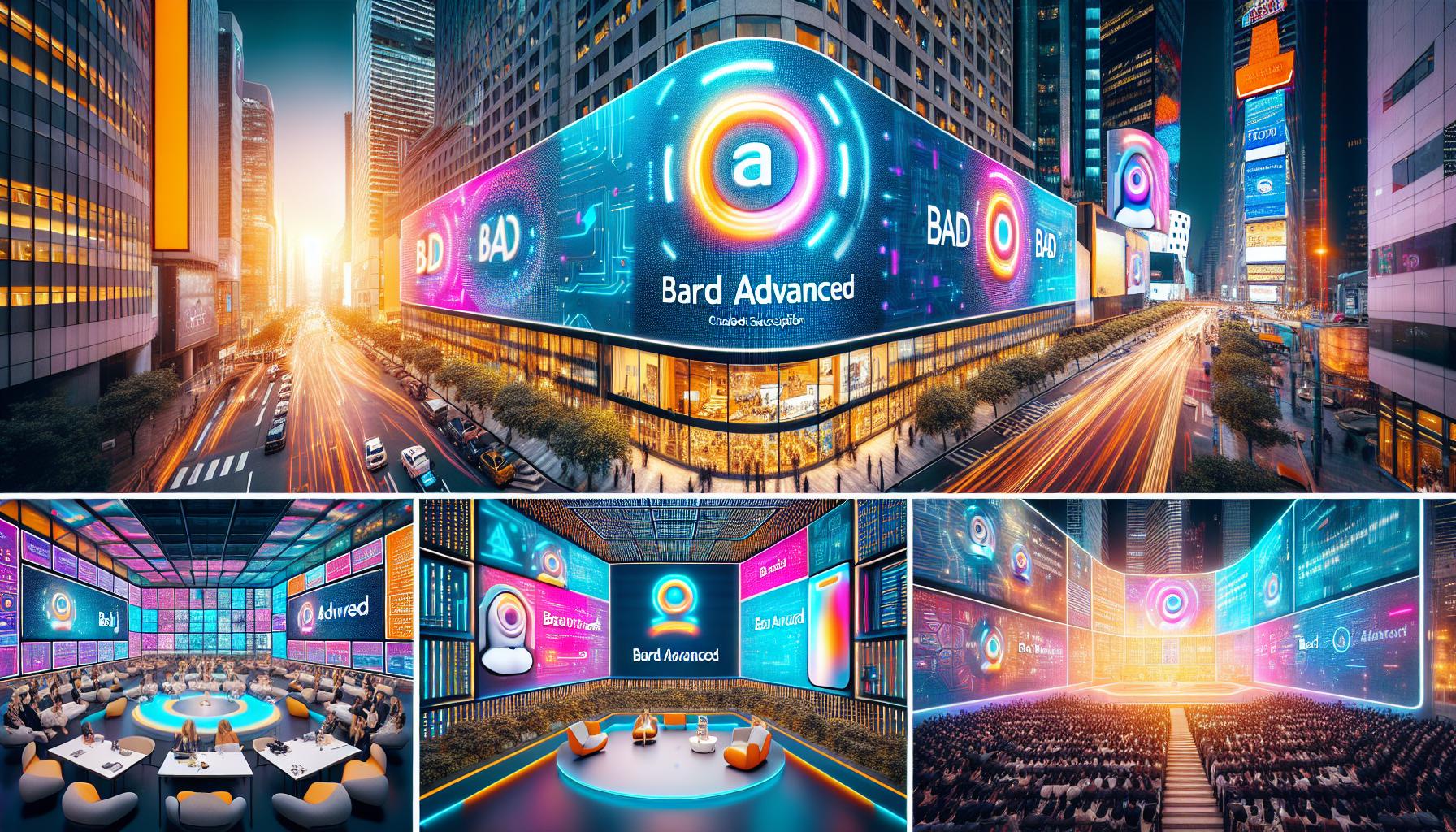Google's Landmark Agreement with Holocene
Google has recently announced a groundbreaking agreement with Direct Air Capture (DAC) technology company Holocene, marking a significant milestone in the fight against climate change. This partnership involves the delivery of 100,000 tons of carbon removal credits, achieved at the lowest price ever recorded for DAC-based removal, set at $100 per ton.
What is DAC Technology?
Direct Air Capture (DAC) technology is recognized by the International Energy Agency (IEA) as a crucial carbon removal solution. It works by extracting carbon dioxide (CO2) directly from the atmosphere. The captured CO2 can either be used as a raw material or stored permanently to mitigate its impact on climate change. According to the Intergovernmental Panel on Climate Change (IPCC), reducing global warming to 1.5°C would require scaling carbon dioxide removal methods to billions of tons annually, with DAC playing a potentially significant role.
About Holocene's Innovative Solution
Founded in 2022, Holocene is a company based in Knoxville, Tennessee, providing a scalable solution for DAC. Their technology utilizes amino acids and organic compounds to capture CO2, which is then concentrated and heated to produce a pure CO2 stream for permanent underground storage.
Google's Role in Decarbonization
Randy Spock, Carbon Credits and Removals Lead at Google, emphasized: "We're committed to decarbonizing the global economy and achieving net zero emissions across our operations. Carbon removal technologies like DAC are integral to our goals." The agreement with Holocene is seen as a pivotal step in enhancing the viability of DAC as a tool to combat climate change.
Achieving a Record Low Price
The low price Google achieved for this agreement stems from several factors. Holocene's innovative approach combines both liquid and solid-based systems, significantly reducing costs. Furthermore, Google's upfront financial support and willingness to accept credits from Holocene's lower-cost facilities, which are planned for delivery in the early 2030s, contributed to the pricing success. Additionally, Holocene's projects qualified for the U.S. government's 45Q tax credit, granting DAC suppliers a credit of $180 per ton of carbon removed.
Overcoming Cost Barriers
Spock noted that one of the main challenges for DAC technologies is their hefty price tag. However, Holocene's promising technology could potentially reduce costs over time, making carbon removal more accessible and impactful.
Future Commitments and Innovations
This agreement is part of Google's broader commitment to investing at least $35 million in carbon removal credits over the next year. This initiative aligns with efforts by the U.S. Department of Energy (DOE) to scale the carbon removal sector by funding technological innovations and advancements.













